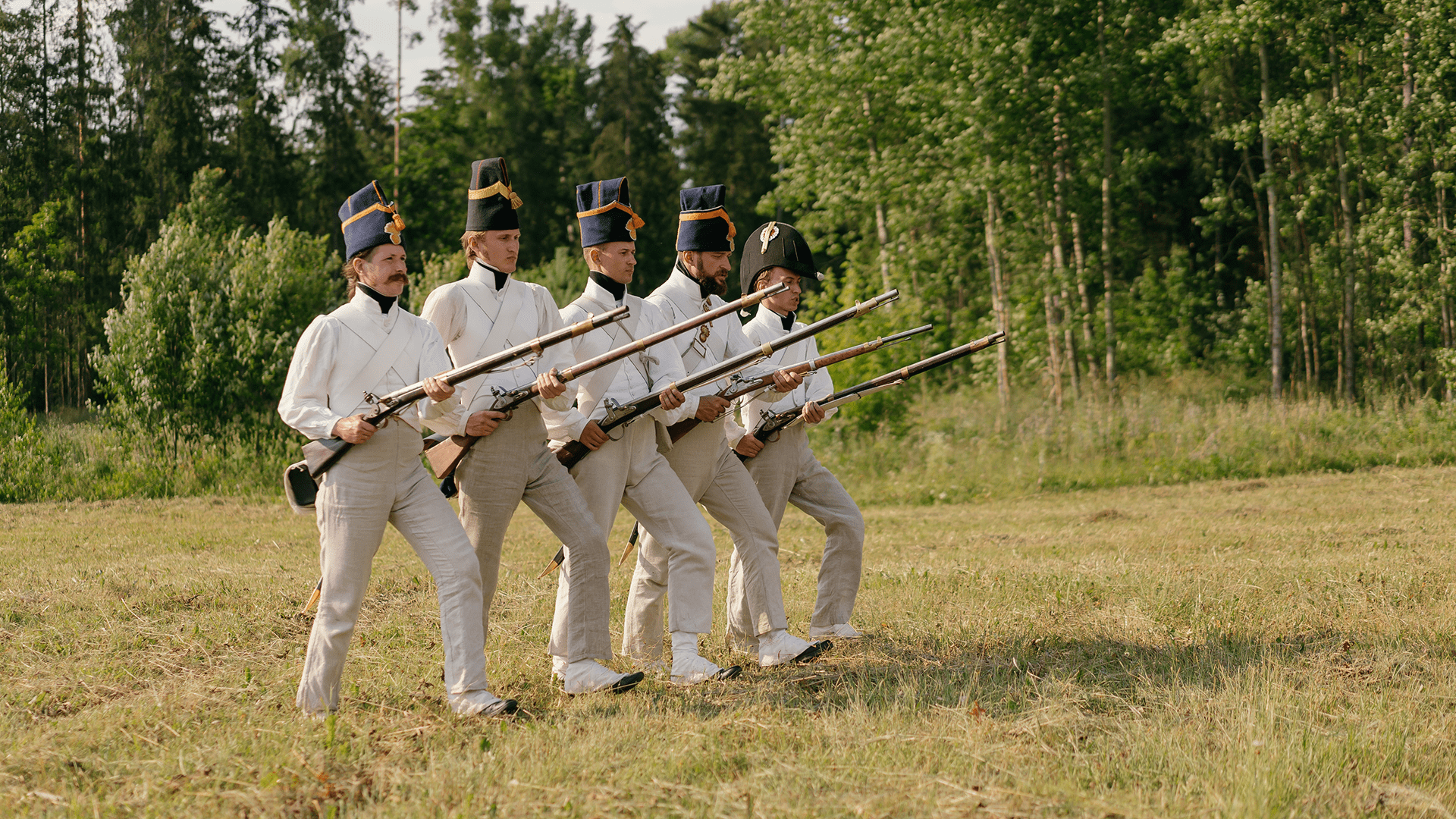Military history has long been a source of myths and legends surrounding some of the most iconic battles in history. From tales of Joan of Arc to accounts of the Battle of Gettysburg, these stories have often stood as unquestioned truths for many generations. When it comes to uncovering the facts about these events, however, things can get tricky due to a lack of reliable sources or simply false information becoming accepted over time. One particular example is the concept of a ‘smoking gun’ – an insignia representing evidence that links two parties together towards specific military engagements. This article will explore the various myths surrounding smoking guns and how they affect our understanding of military history.
What Is a Smoking Gun?
A smoking gun is a heraldic symbol representing evidence linking two parties in conflict together regarding a particular military engagement; typically this takes the form of flags, banners or other insignia carried by both sides during the battle. It acts as a visual testament to who was involved in any given battle and provides an iconic reminder for future generations as well. While some view them as simple decorations, their presence on the battlefield serves as tangible proof linking both sides involved in combat with one another.
Myths Surrounding Smoking Guns
Throughout history, there have been several questionable interpretations associated with smoking guns; one of them being that such symbols were used exclusively during samurai fights or wars between feudal Japanese clans. While it is true that such icons marked members belonging to certain noble families, their use was much more widespread than what is commonly believed; they also played a role in European conflicts like The Hundred Years War. In addition, some believe that smoking guns signify victory whereas others think they represent defeat; however, neither theory has been proven since their actual meanings depend largely on context rather than any universal interpretation.
How Smoking Guns Impact Our Understanding of Military History
Smoking guns offer valuable insight into our understanding of military history. For example, their presence during battles helps us visualize what the participants would have seen on the battlefield and gives us a better idea about how those engagements went. Additionally, by studying them we can gain an understanding of how certain flags or symbols were used to differentiate between different factions involved in combat; this allows us to more accurately assess who was fighting whom at any given time. Finally, they can also be used to help trace the lineage of particular families or clans which fought in past wars.
Ultimately, smoking guns provide an important link between past and present when it comes to our understanding of military history.
Their Influence on Military Strategy
Smoking guns are still influential today when it comes to deciding strategy during warfare; they are seen as powerful symbols influencing decisions made by commanders before engaging in any kind of battle. This allows them to make better assessments regarding who should engage with whom and which tactics should be employed if either side wishes to win out against its adversaries. It also serves as visual evidence which helps prevent any misunderstandings between opposing forces while also providing solid verification when enemy units retreat from the field upon being defeated in combatting skirmishes or full-fledged tactical engagements altogether.
Conclusion
Smoking guns are an important part of understanding military engagements throughout history and have had a significant influence on war strategy ever since their introduction centuries ago despite some popular misconceptions about their relevance and usage at times. They provide powerful visual proof connecting both sides involved in combat while simultaneously inspiring thoughtful consideration by commanding officers before making critical decisions about how best to wage war against potential adversaries.




